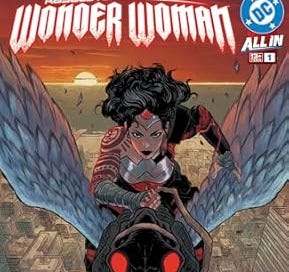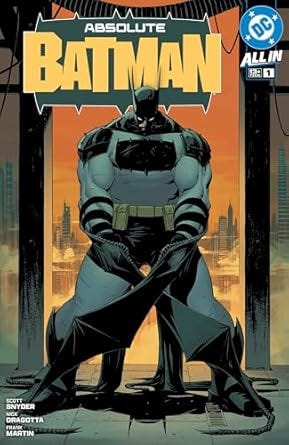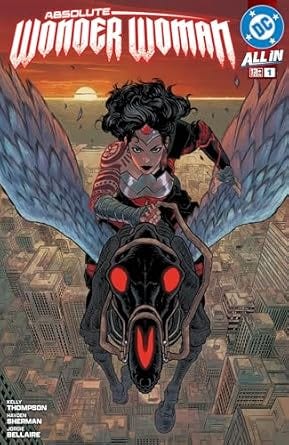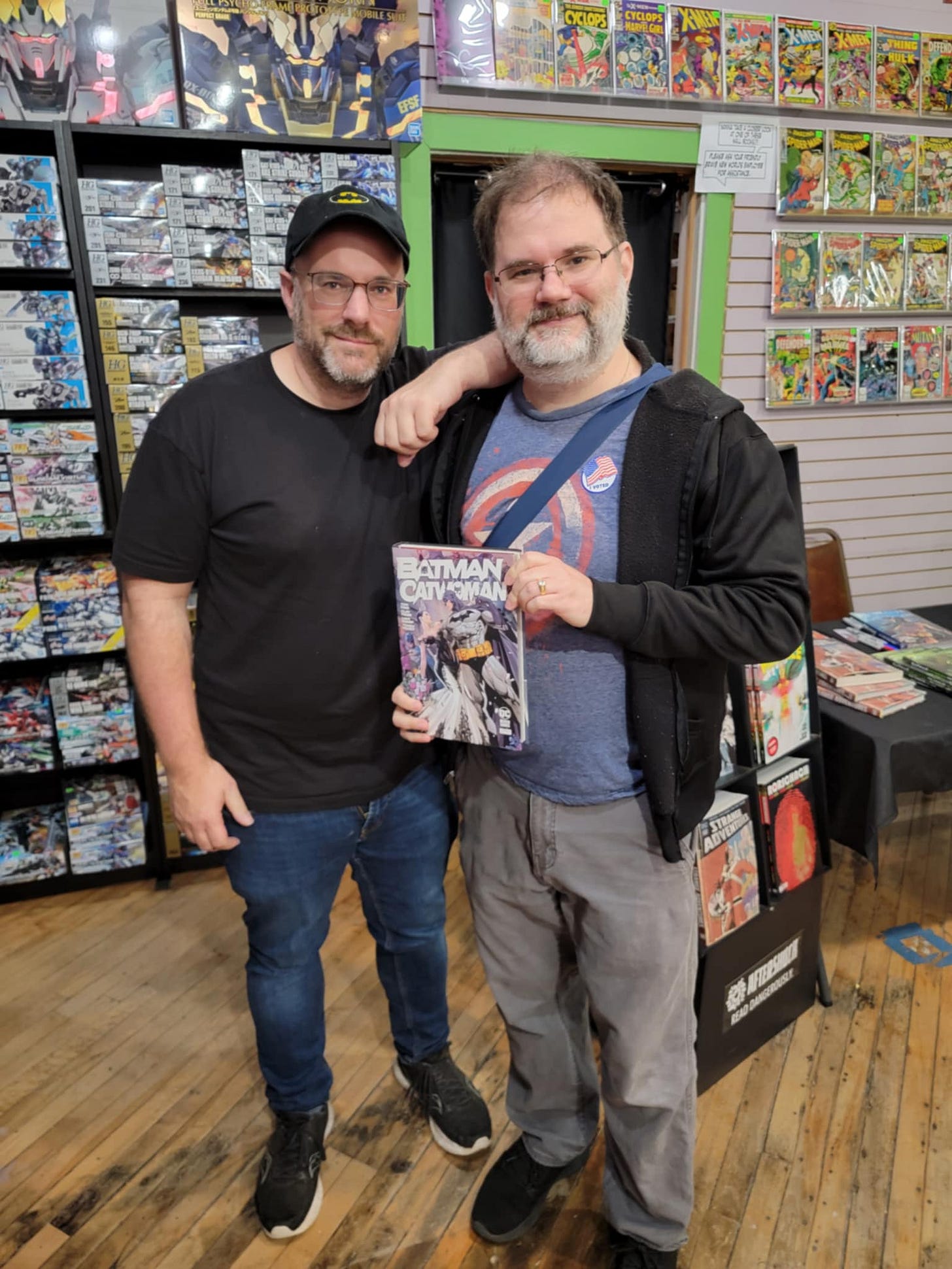DC’s “Absolute Comics” show the heroes we need right now
New takes on Batman, Wonder Woman, and Superman tell tales about heroics in dark times
This week was a pretty heavy blow for those of us who genuinely believe in truth, justice, and the American Way (instead of the cheap imitations that have become much more popular). And talking about comics isn’t going to change the real big challenges facing our country for the next several years. But, finding little joys where we can is still important, and DC Comics’ new line of Absolute Comics did brighten me up. It also helped that they fit my mood a bit, and maybe that will be the case for some of you as well.
I can’t say if DC had the 2024 election in mind when it was planning the new Absolute line, but it sure seems appropriate now. The idea is that it’s a new continuity for their superheroes, kind of like the “Ultimate Marvel” line (whose new iteration I talked about recently). The overarching idea of the Absolute universe is that hope is harder to come by and the forces of evil are much stronger in this timeline than in the “normal” DC universe. If you want the larger story, complete with tie-in comic event, there’s the recently concluded “Absolute Power” mini-series, which describes how Darkseid (the one in the “normal” DC comics line) created his own, darker parallel universe, but you don’t need to know any of that to enjoy the comics.
The line is still in its infancy – the first issue of “Absolute Batman” launched in late October, followed by “Absolute Wonder Woman,” and “Absolute Superman” premiered just this week – so it’s a good time to hop on it if you’re curious. Having read all three, I think they’re all pretty solid and I just wish there were some more issues. They all accomplish the main goal, which is to examine who these iconic heroes are when stripped of their classic support groups and “families.” For Batman, that means he’s no longer the richest guy in Gotham – instead, he grew up with his parents in the poor part of the city, Crime Alley. He still has his genius level intellect but is now a blue collar engineer who crafts his own devices in his mission to keep his neighborhood and the rest of Gotham safe from violent gangs controlled by wealthy interests.
In “Absolute Superman,” Krypton is a stratified caste society, with the laborers at the bottom living their lives at the whims of Krypton’s totalitarian regime (and the symbol of this labor caste is the classic Superman “S”). While some of the details of this new Krypton are yet to be revealed, we know that young Kal-El is a child of two rebellious members of the labor caste and that he had a childhood on Krypton before arriving on Earth. When the comic catches up to an adult Superman living secretly on Earth, he still wants to help people (in his first issue, by protecting a group of Brazilian miners from being abused by goons of the powerful Lazarus corporation that controls their livelihoods) but there is a world-weariness about him. He’s asking himself questions like, if Krypton could not be saved from its hubris, what makes these people different?
And in “Absolute Wonder Woman,” there is no society of Amazons, no Themyscira, to mold the young Princess Diana. Instead, shortly after her birth, the Amazons are captured and imprisoned by Zeus, and the infant Diana is sent to a prison island in the underworld to be the ward of the exiled sorceress Circe. Diana still cares deeply about other people, but instead of having the training, support, and divine weaponry of her fellow Amazons, she now has a skeletal Pegasus, a ridiculously huge (and awesome) two-handed sword, and all of the hellish magic she learned from her adoptive witch mother.
While I enjoyed all of these books, I think I liked “Absolute Wonder Woman” the most. The writer, Kelly Thompson, makes the relationship between Diana and Circe very endearing, especially how the normally cynical Circe eventually comes to embrace her role as Diana’s mother. And the artist, Hayden Sherman, draws a dynamic fight scene (with props also given to veteran colorist Jordie Bellaire, who makes every scene pop with vibrancy).
The deck is stacked against these heroes, but hope still endures because they haven't given up. Right now, I’d like to think this is an example of art imitating life.
To end this post on a bright spot, I wanted to share something nice that happened to me this week. On Election Day, one of my favorite comic book authors, Tom King, visited Philadelphia Old City’s Brave New Worlds comics (and you might remember he wrote the Wonder Woman series I wrote about earlier this year). In addition to signing comics, he gave out free copies of his books to anyone with an “I Voted” sticker.
Mr. King was genial and talkative with everyone, and seemed delighted to meet his fans. I got to ask him a few questions about the books I brought to sign (“Strange Adventures” and “Supergirl: Woman of Tomorrow”) and he was happy to share stories about how he and the artists on those books created them. Apparently Ruthye, the young protagonist from his “Supergirl” story, is named for his niece, Ruth. He also insisted I take a free copy of his “Batman/Catwoman” mini-series, which was very generous since it’s a pretty hefty book. He seemed like a great guy, and it was a pleasure meeting him!







